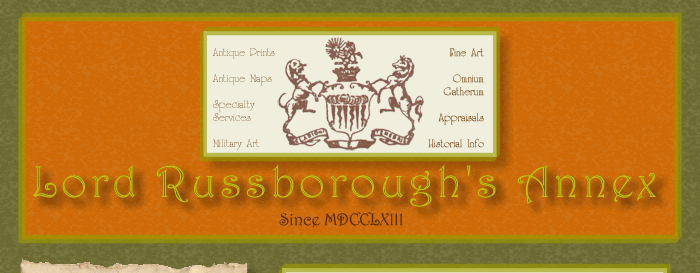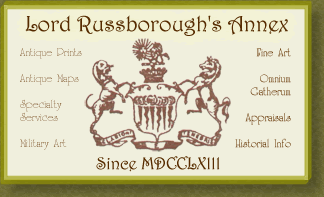Giuseppe
Agostino Vasi
Giuseppe Agostino Vasi was born in Corleone, Sicily,
(some texts state Palermo) 27 August 1710 and died in Rome on 16
April 1782. In life, he rose to become a prominent Italian engraver
and painter. After completing a classical education, he was trained
as a printmaker in Palermo from age 15, possibly at the Collegio
Carolino, which was founded by the Jesuit Order in 1728,
and at which the etcher Francesco Ciché (fl. before
1707; d. Palermo, 1742) was a teacher.
Vasi was already an accomplished engraver when, in 1736, he contributed
to the illustration of La reggia in trionfo by
Pietro La Placa, which described the festivities held in Palermo
to mark the coronation of Charles VII of Naples (the
future Charles III of Spain).
That same year Vasi moved to Rome, where, as a Neapolitan subject,
he was immediately afforded the protection of the ambassador, Cardinal
Troiano Aquaviva d'Aragona [16941747]. In Rome he lived and had
his studio at the Palazzo Farnese. He met other
artists who worked for the same patron: Sebastiano Conca, Luigi
Vanvitelli and Ferdinando Fuga.
Vasi was appointed the principal engraver of the Roman records
of the monarch, producing the plates for the festivals of the Chinea
and the triumphal arches erected in front of the Palatine gardens
on the occasion of temporal sovereignty over Rome.
In 1741 he engraved the title of the first volume of the Capitolium
Museum. In 1746 he engraved the five etchings of Palazzo
Farnese di Caprarola, and in 1750, the Figurative history of the
17 jubilees.
His work is often compared with that of G.B. Piranesi,
who arrived in Rome in 1740 and trained as Vasi's apprentice. At
first they shared a common interest in architecture but Piranesi
later followed his own direction and the friendship did not survive.
In 1747 Vasi removed to Naples, where was appointed as Royal Engraver.
For the next 14 years he prepared the plates for his most important
work: the 10-book opus Magnificenze di Roma [The Magnificences
of Rome], being accurate depictions the papal town. In 1763 he engraved "Itinerario
istruttivo per ritrovare le antiche e moderne magnificenze di Roma" [Instructive
guide to the ancient and the modern magnificences of Rome], a successful
work that became the most popular guide among the foreign tourists.
In 1765 he and others engraved the masterful and truly splendid
panoramic Prospect of Rome. His last work, incomplete, was the "Caduta
del fiume Velino nella Nera " [Course of Velino river into
Nera].
He died in 1782 in Rome and was buried in the church of St.
Gregorio at Ponte Quattro, Capri.











